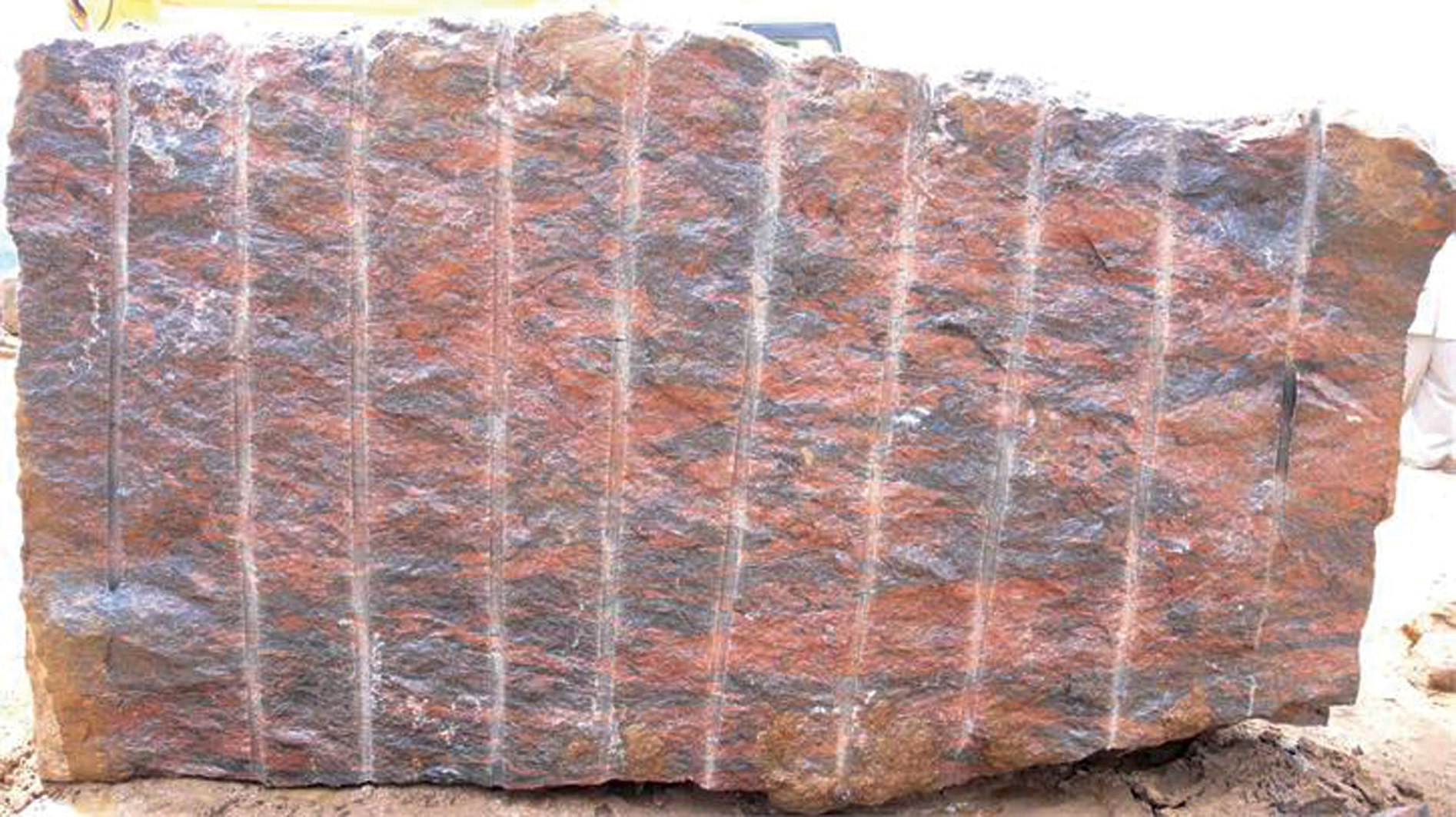Unearthing the Rich Background and Sustainable Practices of Granite Quarrying
As we depend on the precipice of discovering the elaborate tapestry of granite quarrying, a trip via time discloses not just the physical act of extracting rock but additionally the cultural and historic significance woven into the very material of this technique. From the old origins that laid the structure for contemporary quarrying methods to the sustainable practices that are forming the future of this industry, each carve mark on granite surface areas tells a story waiting to be unearthed (granite quarries in south africa). The legacy of granite quarrying extends far past simple removal; it is a testament to human resourcefulness, durability, and the long-lasting attraction of this magnificent rock
Ancient Origins of Granite Quarrying
Dating back to old civilizations, the practice of quarrying granite has been an integral component of human history and building innovation. The earliest proof of granite quarrying go back to old Egypt, where enormous pyramids and detailed sculptures were crafted from this sturdy rock. The Egyptians used primitive devices to draw out granite blocks from quarries, showcasing the importance of this product in their significant buildings.
Relocating onward in background, the Greeks likewise made considerable payments to the quarrying of granite. The Greeks used granite in various building marvels, such as temples and statuaries, showing their ability in shaping and carving this hardy rock. The Romans further refined the techniques of quarrying granite, employing innovative devices like blades and hammers to remove and shape granite for their legendary frameworks.
With the centuries, the practice of quarrying granite has actually developed, with modern-day technologies improving effectiveness while maintaining the timeless allure of this natural stone - granite quarries in south africa. From old human beings to contemporary home builders, the heritage of granite quarrying remains to shape our world
Evolution of Quarrying Strategies
The evolution of quarrying methods has actually been noted by a continual development in the direction of better efficiency and accuracy in removing granite. Early quarrying strategies entailed hand-operated labor with basic tools such as knives, hammers, and wedges to draw out granite blocks from the planet.
Improvements in computer-controlled equipment and 3D modeling have actually enhanced quarrying operations, leading to minimal environmental influence and improved sustainability techniques. As the need for granite continues to rise, the evolution of quarrying techniques stays essential to conference sector needs effectively and sustainably.
Social Importance of Granite
Granite holds a profound social importance across various worlds because of its long-lasting visibility in architectural masterpieces and prized monuments. From the marvelous pyramids of Egypt to the complex carvings of the Angkor Wat temple in Cambodia, granite has been a product of selection for sharing grandeur and longevity in social heritage. In ancient Rome, granite columns embellished holy places and public buildings, signifying strength and permanence. The cultural value of granite expands beyond its physical features; it personifies strength, stability, and timelessness, making it an icon of withstanding legacies and practices.

Lasting Practices in Quarrying
In the middle of the abundant background of granite quarrying and its social significance lies a growing emphasis on lasting techniques within the market. As environmental understanding and problems about resource depletion have actually enhanced internationally, the quarrying field has actually significantly welcomed sustainable methods to minimize its influence on the atmosphere and bordering communities.

In addition, reclamation and recovery of quarry sites post-extraction are indispensable to lasting techniques. By recovering quarried areas to an all-natural or useful state, such as developing wild animals environments or recreational spaces, quarriers can balance out the environmental footprint of their operations and add positively to here are the findings the local ecological community.
Legacy of Granite Quarrying
With a historical backdrop soaked in craftsmanship and industrial development, what sustaining effect has granite quarrying left on the landscape of contemporary culture? The legacy of granite quarrying transcends simple removal techniques; it has actually formed building marvels, urban landscapes, and social heritage worldwide. The long lasting nature of granite has made it a preferred selection for monoliths, structures, and infrastructure, standing as a testament to the ability and virtuosity of quarry workers throughout generations.
Moreover, the economic impact of granite quarrying can not be overlooked. The sector remains to give job opportunity and drive neighborhood economies in regions where granite extraction prevails. It has actually also spurred technological improvements in quarrying strategies and devices, leading to a lot more reliable and lasting practices.
In terms of sustainability, the heritage of granite quarrying includes initiatives to minimize ecological impacts via recovery tasks and accountable resource monitoring. By balancing financial interests with ecological stewardship, the market strives to guarantee that future generations can proceed to gain from this enduring all-natural read more source.
Conclusion
